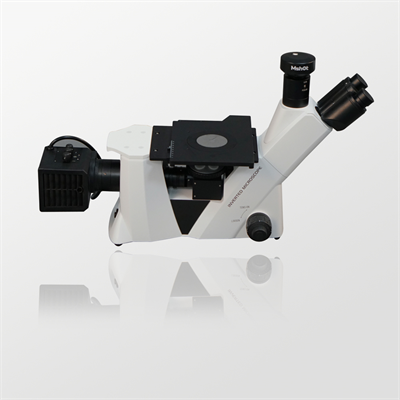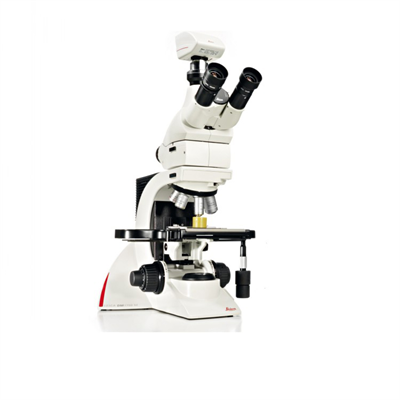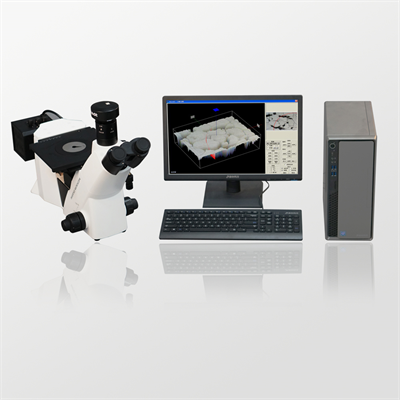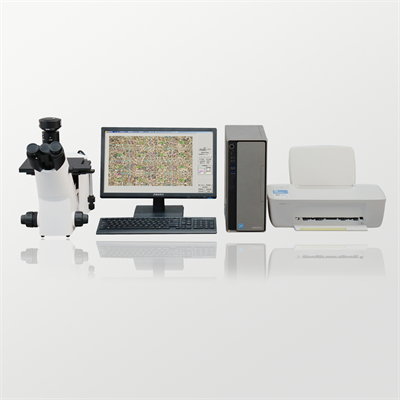The construction of a student-teacher interactive microscope
Eyepiece, objective lens, microscope, hands-on operation
Microscope structure teaching analysis
Biology is an experimental science. To learn biological science well, you must first learn to use the relevant experimental instruments. Microscope is a commonly used observation instrument in biological experiments. To master the structure of the microscope and the functions of each part, and to use the microscope correctly, are the basic experimental operation skills that students must have. Students are full of curiosity and eager to operate the microscope for the first time. Teachers should pay attention to creating conditions to satisfy students' curiosity and let them be familiar with the structure and function of the microscope to lay the foundation for future learning.
1, Identify the basic structure and function of the microscope.
2, Try to use the microscope to observe transparent slide specimens, cultivate students' experimental observation and hands-on operation ability, and enhance the sense of unity and cooperation in inquiry learning.
3, Develop a good habit of caring for the microscope.
Key points: the structure and function of the microscope
1. Skillfully set up questions to stimulate the interest of inquiry
(1) Show a bacterial slide specimen, ask students to observe with the naked eye, ask if they can see the bacteria on the slide.
(2) Show the actual onion, ask students to observe, ask if they see the onion epidermal cells.
(3) The teacher asks the question, how can I see the bacteria and observe the onion epidermal cells? After the students answer, the courseware plays the pictures of the onion epidermal cells, human oral epithelial cells and activities observed with the microscope. Let students appreciate the colorful microscopic world and realize that in order to observe the fine structures that cannot be seen by the naked eye, they must use the microscope to stimulate students' interest in exploring the microscope, and then introduce new lessons.
 Microscope skills in detail: from basic to advanced applicat
Microscope skills in detail: from basic to advanced applicat
 A complete analysis of the imaging principles and skills of
A complete analysis of the imaging principles and skills of
 Detailed Explanation of Microscope Imaging Characteristics a
Detailed Explanation of Microscope Imaging Characteristics a
 Here are 20 trivias you didn't know about microscopes!
Here are 20 trivias you didn't know about microscopes!
